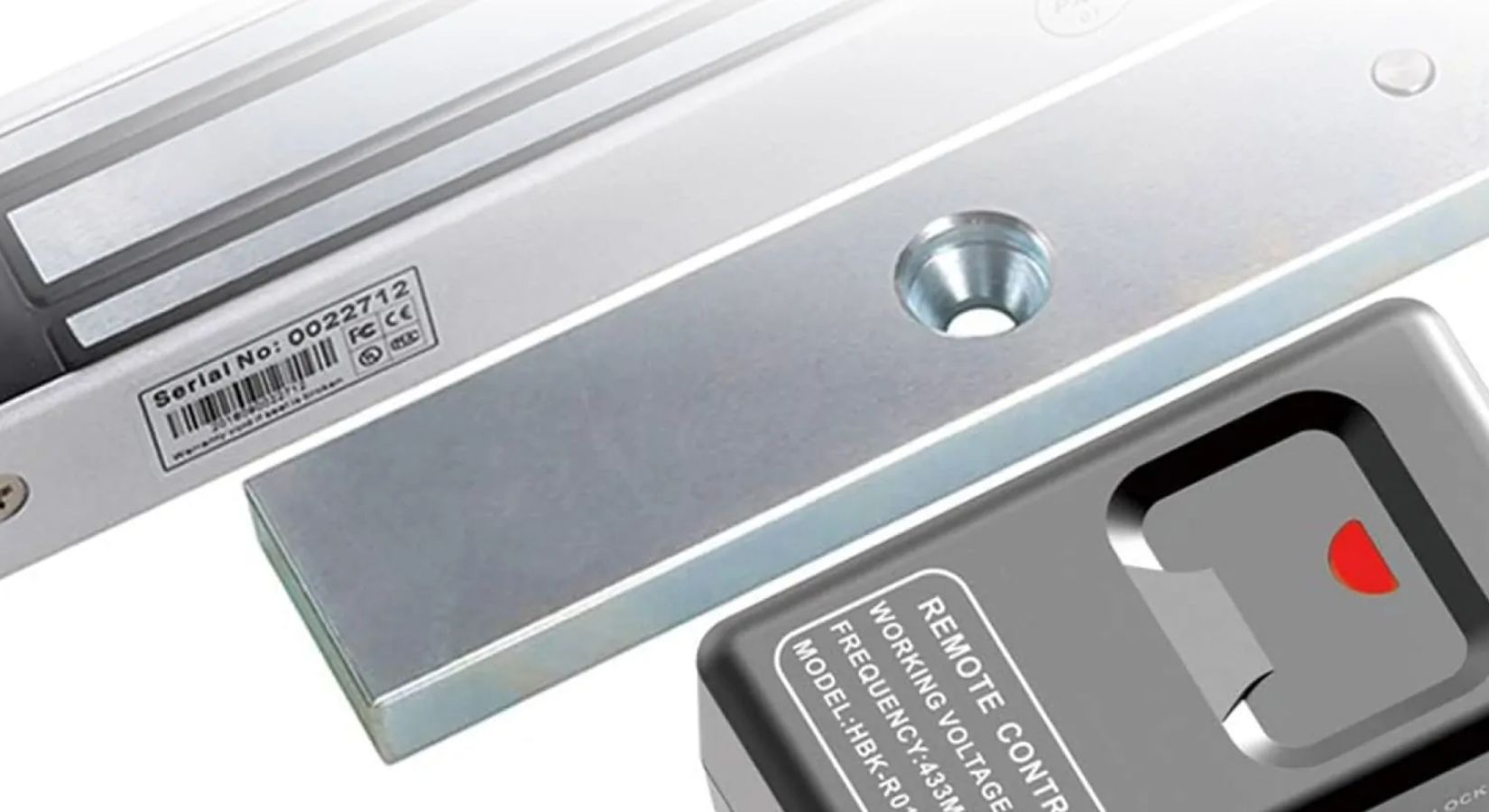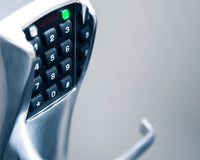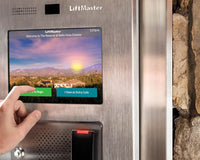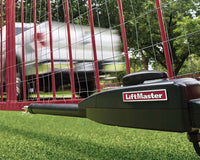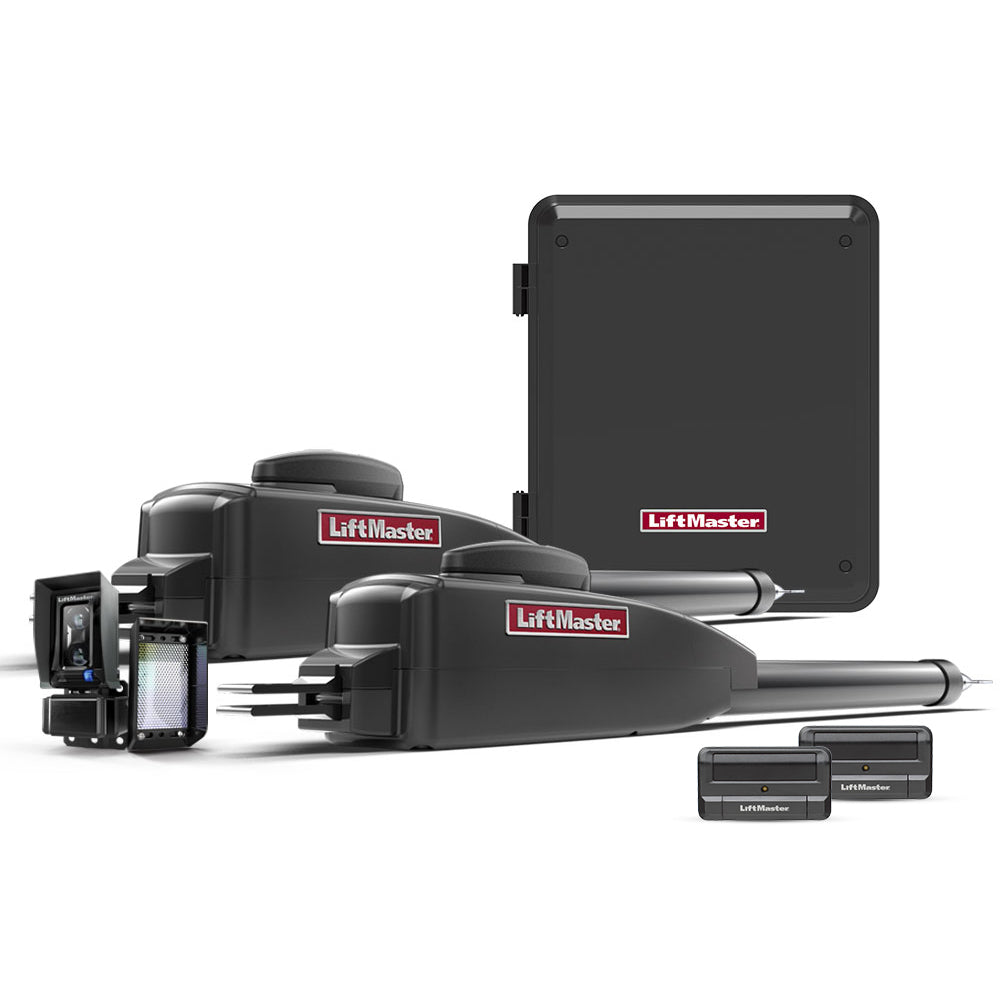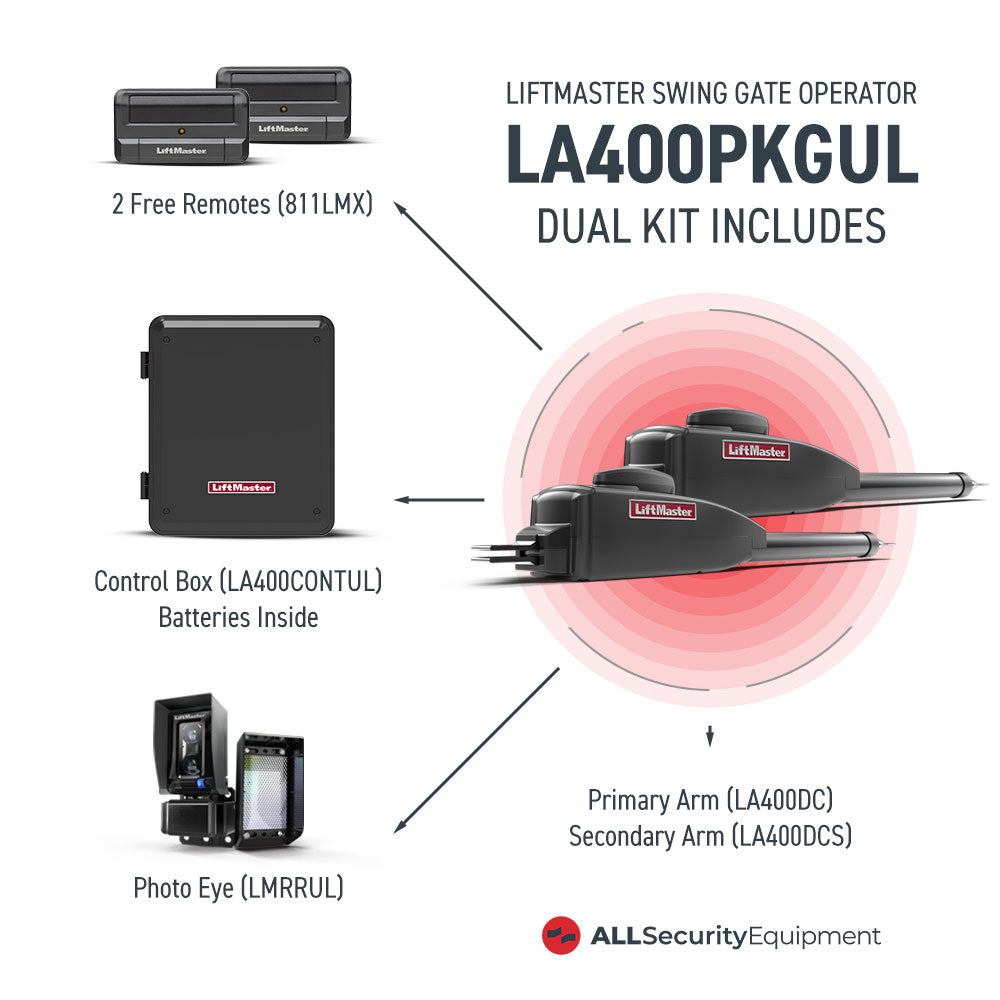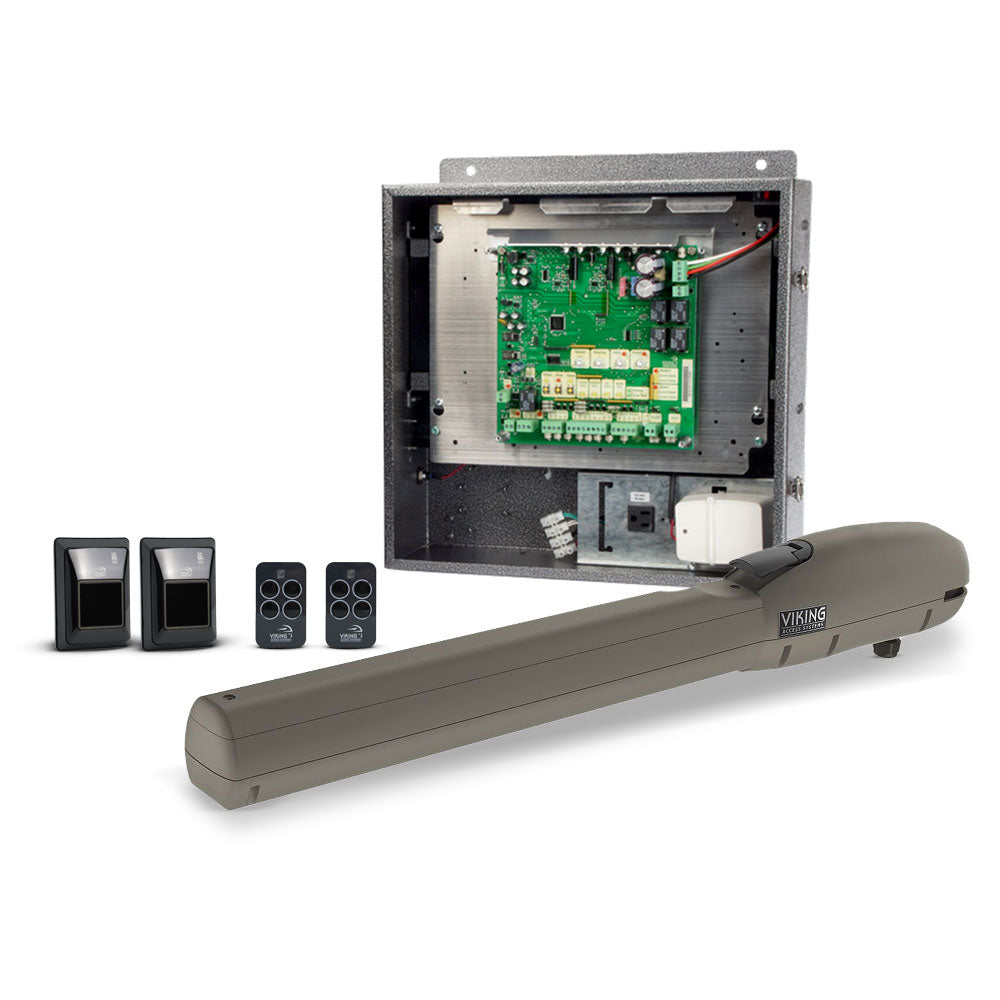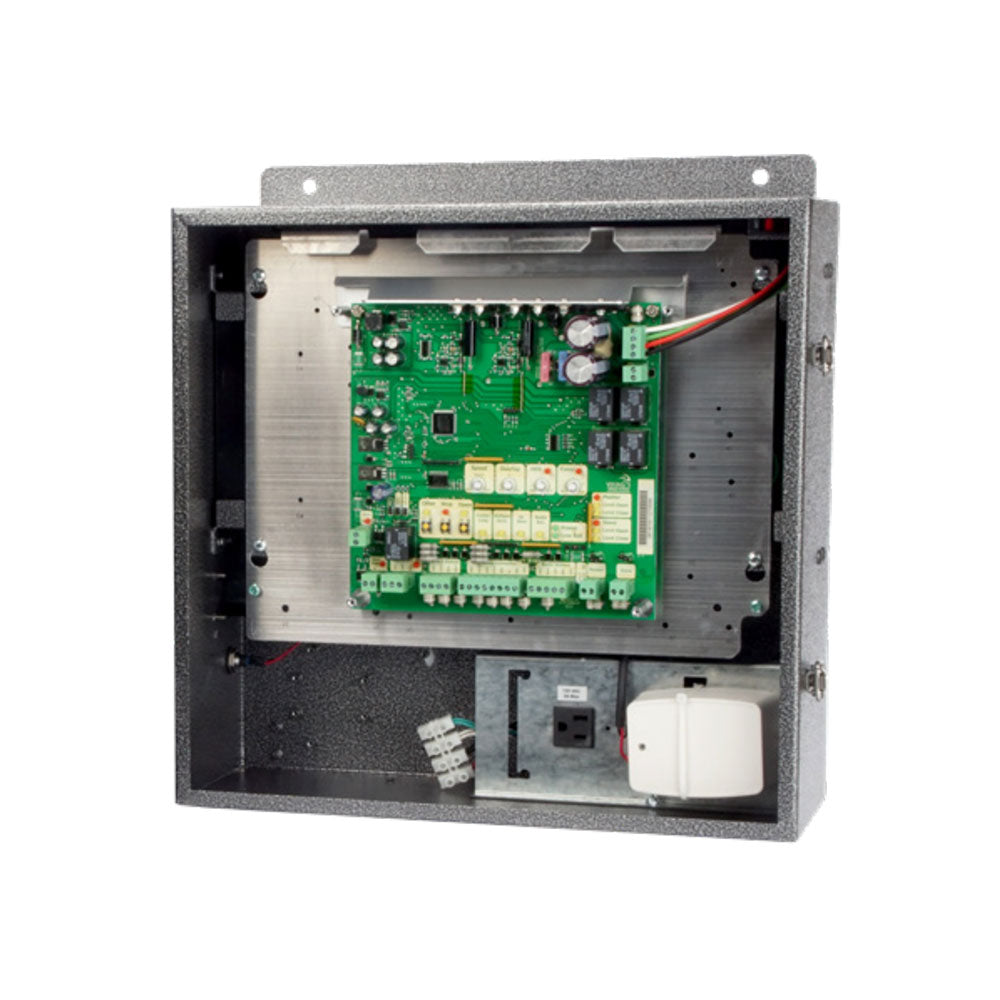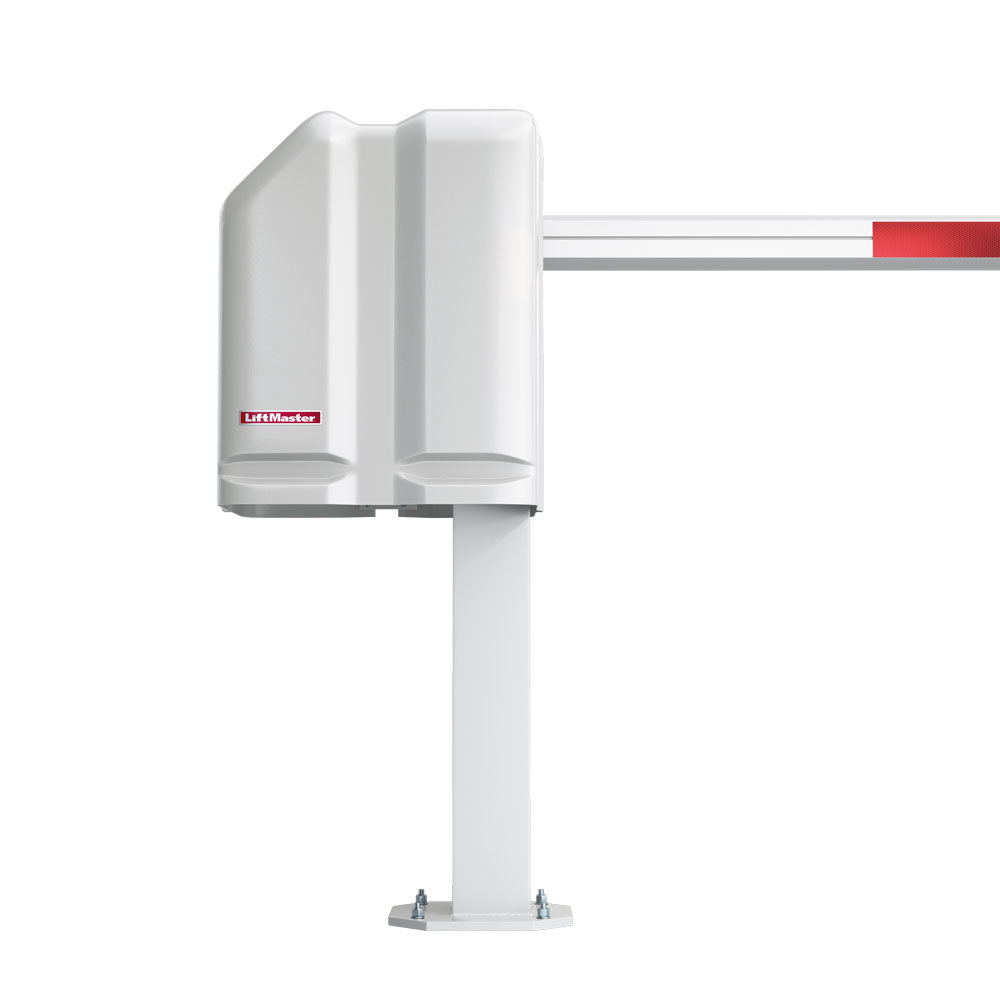Deadbolts to Malocks: The History of Door Security
Throughout history, the ability to securely lock doors has been paramount. Whether it was safeguarding valuable possessions in ancient civilizations or protecting modern-day homes and businesses, the need for reliable security measures has remained constant. From simple wooden bars and rudimentary latches to intricate key-operated locks, humans have continuously innovated to enhance the safety and security of their surroundings.
For property managers and owners, selecting the right locks is crucial. Traditional mechanical locks, while familiar, often fall short in critical situations. For instance, a lost or stolen key can easily compromise security, leaving properties vulnerable to unauthorized entry. Moreover, mechanical locks can be susceptible to physical tampering, such as lock picking or forced entry, potentially leading to costly property damage and security breaches.

Luckily, advancements in technology have brought forth innovative solutions, key amongst them being magnetic locks. These sophisticated systems utilize powerful electromagnetic fields to secure doors, offering enhanced security and convenience. Unlike traditional locks, magnetic locks are virtually impossible to pick or bypass with conventional methods. They also provide greater flexibility and control, allowing for easy integration with access control systems and remote management capabilities.
Today's All Security Equipment blog post delves into the fascinating history of the magnetic lock, exploring its evolution and the key players driving its advancements. We'll uncover how this cutting-edge technology is shaping the future of security while recommending you three models empowering property owners with unparalleled peace of mind.
Before Magnetic Locks - A Brief History
The design of lock security has evolved significantly throughout history, departing from the simple lock and key mechanism that dominated for centuries. The first known lock, the pin tumbler, emerged in ancient Egypt, often referred to as the Egyptian lock. Primarily constructed from wood, it employed a large wooden key resembling a toothbrush with upright pegs that interacted with pins within the lock. These pegs needed to be lifted in a specific sequence to allow the bolt to slide back.

The Roman Empire ushered in a new era of lock innovation, introducing metal, primarily iron for the locks and bronze for the keys, into lockmaking. Excavations in Pompeii, buried by the eruption of Mount Vesuvius in 79 CE, have yielded numerous examples of Roman locks. The Romans also pioneered the use of wards – obstructions that prevented opening unless a key with corresponding notches was inserted. While these locks were convenient and easy to carry, they were relatively easy to pick, highlighting a significant limitation in their security.
For centuries, locks relied heavily on wards for security, with advancements primarily focused on improving craftsmanship and techniques. Refinements included concealing keyholes with secret shutters. A significant breakthrough occurred in 1778 with the invention of the Barron lock by Robert Barron, further improved upon in 1818 by Jeremiah Chubb to enhance pick-resistance and detect tampering attempts.
In 1784, Joseph Bramah developed the cylinder lock, drawing inspiration from the early Egyptian design. Remarkably, Bramah's lock remained unpicked for an impressive 67 years, a testament to its innovative design.
As human ingenuity progressed, so too did lock technology. Stronger metals and alloys were incorporated into lock construction, culminating in the development of the Master Stainless Steel lock, now a global standard.
Magnetic Locks: Creation and History
Traditional mechanical locks, with their reliance on intricate key mechanisms, have inherent limitations. They are susceptible to physical tampering, such as lock picking, and can be easily compromised by lost or stolen keys. The evolution of technology, however, paved the way for a more secure and efficient solution: the magnetic lock.
Invented in 1969 by Sumner "Irving" Saphirstein, the electromagnetic lock utilizes a powerful magnetic field to secure doors. It operates by passing an electrical current through a coil of wire, generating a strong magnetic force that holds the door firmly in place. This technology offers a significant advantage over traditional locks, as it eliminates the vulnerabilities associated with physical manipulation.

The first modern direct-pull electromagnetic lock was designed by Saphirstein for installation at the Montreal Forum. Driven by fire safety concerns, the Forum sought a locking solution that would allow for quick and safe evacuation in emergencies. Saphirstein's innovative design, utilizing a modified door holder mechanism, proved successful and marked a significant milestone in the development of electromagnetic locking technology.
Following the success of the Montreal Forum installation, Saphirstein continued to refine and improve the design, establishing the Locknetics company to develop and manufacture accessories and control circuits for electromagnetic locks.
While Locknetics eventually transitioned through various ownerships, its legacy continues to influence the electromagnetic lock industry. Many of the engineers who worked at Locknetics went on to found their own companies, contributing to the ongoing development and diversification of this crucial security technology.
The Future of Magnetic Locks: Three Models From ASE
ASE, a leader in security equipment, offers a range of advanced magnetic lock solutions that set the standard for reliability and performance. Our magnetic locks are engineered with precision, utilizing powerful magnets and robust construction to provide unparalleled security for your property.
The future of magnetic locks is bright, with ongoing advancements promising even greater security and convenience. Here are three key models that are shaping the future of this technology:
1 - ASE Automatic Sliding Door Mag Lock: Effortless Security for High-Traffic Areas
Streamline access control and enhance security with the ASE Automatic Sliding Door Mag Lock. Designed for seamless integration with automatic sliding doors, this compact and powerful lock provides 300 lbs. of holding force for reliable and consistent operation.

Key Features:
-
300 lbs. Holding Force: Ensures secure door closure and prevents unauthorized entry.
-
Surface Mount Design: Offers easy installation and minimal disruption to your existing door system.
-
Ideal for Automatic Sliding Doors: Specifically designed for use with automatic sliding doors in various settings.
-
Compact and Discreet: Low-profile design blends seamlessly with your door aesthetics.
-
Reliable Performance: Engineered for consistent operation and long-lasting durability.
2 - ASE Surface Mount UL Listed Double Door Magnetic Lock: Secure Two Doors
Double the Security: Upgrade your access control with the ASE Surface Mount UL Listed Double Door Magnetic Lock. This robust system provides a combined holding force of 1200 lbs., securing both doors with exceptional strength.
Unparalleled Features:
-
Holding Power: Each lock boasts a 600 lb. holding force, deterring forceful entry attempts and safeguarding your property.
-
UL Listed and CE Approved: Meets rigorous safety standards for complete peace of mind.
-
Surface Mount Design: Offers simple and efficient installation for minimal disruption.
-
Enhanced Monitoring: Features delay, lock sensor, LED status indicator, and spike suppressor for comprehensive system control.
3 - ASE Outdoor Magnetic Lock 1200 lb. Holding Force - Unmatched Security for Demanding Environments
Experience unparalleled security with the ASE Outdoor Magnetic Lock, engineered to withstand the harshest weather conditions while providing robust protection for your property.

Key Features:
-
Powerful Holding Force: Ensures maximum security against forceful entry attempts.
-
Weatherproof Design: Built to withstand rain, snow, wind, and extreme temperatures, ensuring consistent performance in all conditions.
-
Durable Construction: Crafted from high-quality materials for long-lasting durability and resistance to corrosion.
-
Easy Installation: Designed for straightforward installation, minimizing downtime and disruption.
-
Versatile Applications: Ideal for securing doors in a wide range of outdoor environments, including commercial buildings, industrial facilities, and residential properties
Locked In To Safety
The evolution of the lock, from the humble deadbolt to the powerful magnetic lock, is a testament to human ingenuity in pursuit of greater security. Magnetic locks stand as a testament to modern innovation, offering unparalleled protection, convenience, and peace of mind.
If you’re ready to experience the security and power of magnetic locks yourself, our customer service team is ready to take in your orders or questions 24/7, here to assist you in finding the perfect magnetic lock solution for your specific needs.

